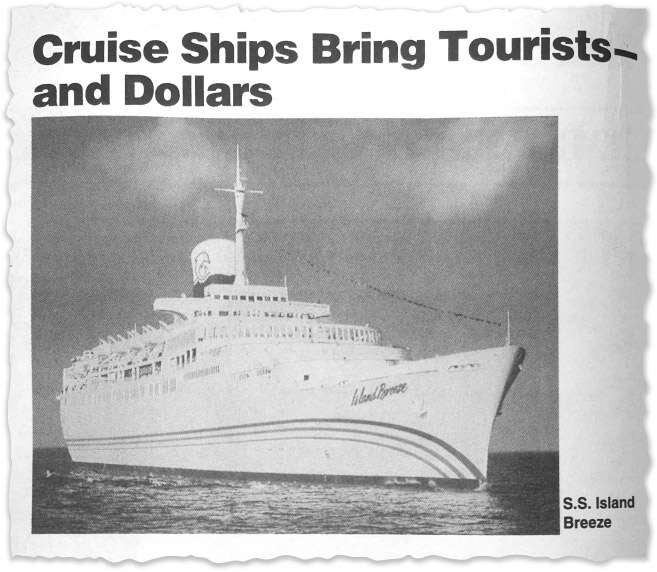
Processing Your Payment
Please do not leave this page until complete. This can take a few moments.
- News
-
Editions
View Digital Editions
Biweekly Issues
- December 1, 2025
- Nov. 17, 2025
- November 03, 2025
- October 20, 2025
- October 6, 2025
- September 22, 2025
- + More
Special Editions
- Lists
- Viewpoints
-
Our Events
Event Info
Award Honorees
- Calendar
- Biz Marketplace
35 million visitors a year (and counting)
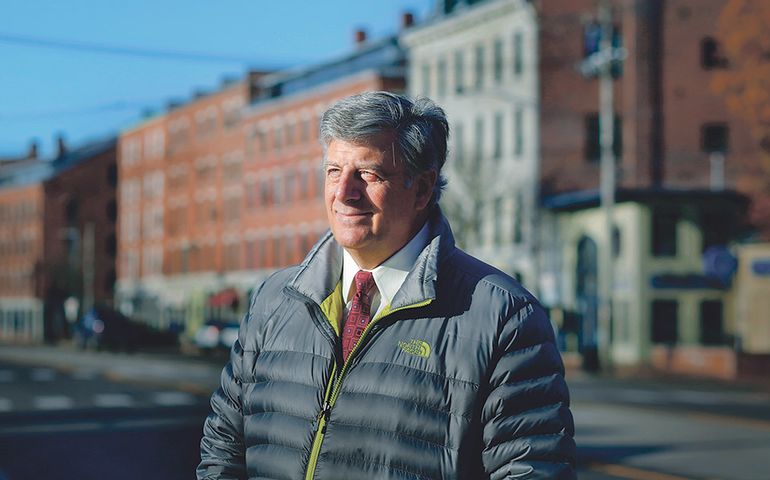 Photo / Tim Greenway
Steve Hewins, president/CEO of HospitalityMaine
Photo / Tim Greenway
Steve Hewins, president/CEO of HospitalityMaine
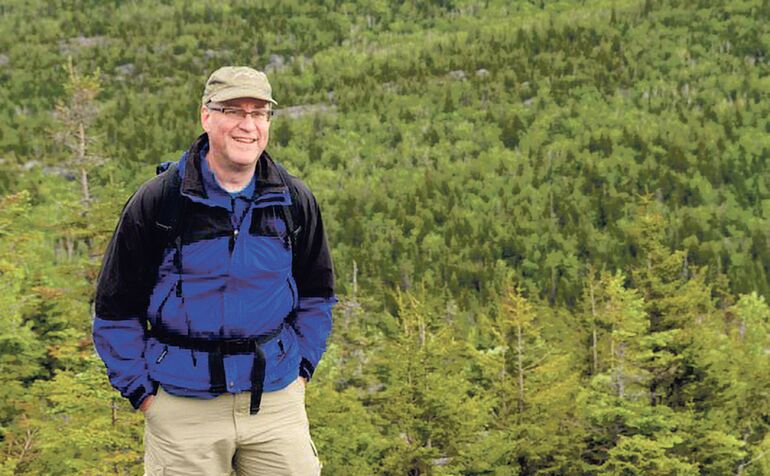 Photo / Courtesy Maine Office of Tourism
Steve Lyons, director of the Maine Office of Tourism
Photo / Courtesy Maine Office of Tourism
Steve Lyons, director of the Maine Office of Tourism
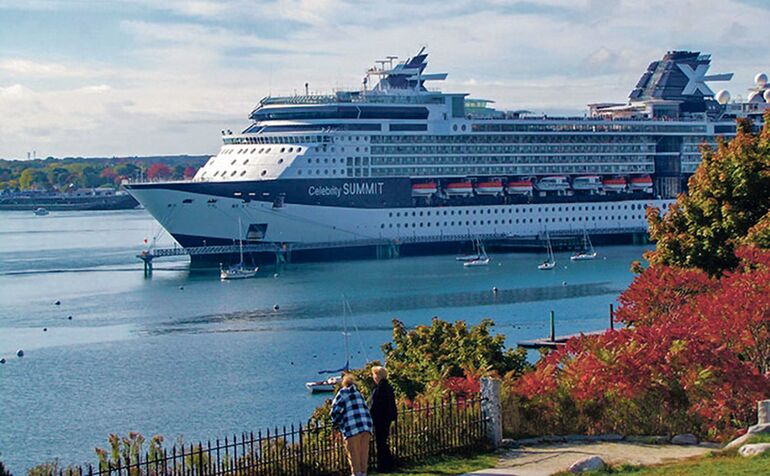 Photo / Peter Van Allen
Cruise ships have become a continual presence in the Portland harbor, and help extend the tourism season into the fall.
Photo / Peter Van Allen
Cruise ships have become a continual presence in the Portland harbor, and help extend the tourism season into the fall.
Over the past 25 years, an increasing number of visitors have discovered Maine’s attractions. Summer visitation has been expanding into the shoulder seasons of spring and fall. Food and brew have become powerful tourism magnets in themselves, especially with the rise of the farm-to-table and sea-to-table movements.
As a result, Maine has seen a huge increase in the presence of national hotel brands, complementing an equally strong brand of small, locally owned lodgings.
“In the 1980s, there were no real national hotel brands in Maine,” says Steve Hewins, president and CEO of HospitalityMaine. “There were a few here and there, but mostly they were all independent properties. The global brands found Maine in the 1990s and more aggressively in the last couple of decades. Now you see them everywhere.”
What’s happened, he says, is a growing relationship between restaurants and hotels. “People are coming to Maine for the restaurants and that’s filling hotel rooms,” he says. “I always say that restaurants are becoming the tip of the spear of economic development in the state. A restaurant or a brew pub opens up in a downtown and the next thing you know, the hotels are looking there.”
Other factors are driving visitation. They include Maine’s easy access from population centers in southern New England and New York combined with unspoiled landscapes and what’s seen by some as a traditional way of life. Then, too, there’s the growing number of cruise ships, the rise of ecotourism, the millennial generation’s interest in “experiential” travel and destination weddings.

Tourism grew substantially in the 1980s, 1990s and into the 2000s, especially in coastal areas, southern Maine and Acadia National Park. Since 2012, it's been averaging 5% annual growth and now exceeds 36 million visitors a year. The advent of new promotions over the years — such as tours emphasizing fall foliage, night sky, winter recreation, h heritage or brewpubs — has helped broaden the industry’s reach. Festivals, fairs and music events, ranging from the Common Ground Fair in Unity to Bangor’s Waterfront Concerts, also attract thousands of visitors and, in some cases, extend the economic benefit into shoulder seasons.
Infrastructure like hotels and inns, restaurants, golf courses, outdoor-equipment shops and guide services have evolved accordingly. Acadia National Park is one of Maine’s most popular attractions, with 3.5 million visitors in 2018, up from 2.7 million in 1994, but it is also one of the most congested. Increased traffic has force creation of strategies, like additional public transportation in the park and a reservation system for Acadia’s most popular spots.
A marketing push to spread tourism seasonally and geographically is seeing some success.
“When I first started, the focus was mostly on the summer,” says Steve Lyons, director of the Maine Office of Tourism, who has been with the agency 20 years. “The vast majority of business still comes in the summer, but over the last several years we’ve expanded into the shoulder seasons. Now we’re putting more effort behind spreading the wealth among all four seasons.”
The internet played an interesting role in how tourism has evolved, Lyons notes. In the 1990s, the internet was relatively new.
“When I started in 1998, our website was a static page with a listing of things to do, broken down under headers,” he recalls. “There was no way to do a search. A year or so later, we moved to a database-driven website. That made it so people could actually search for things, like lodgings in a particular community, as opposed to scrolling through endless listings of inns and B&Bs. That was big.”
Mainebiz web partners

The Giving Guide
The Giving Guide helps nonprofits have the opportunity to showcase and differentiate their organizations so that businesses better understand how they can contribute to a nonprofit’s mission and work.
Learn More
Work for ME
Work for ME is a workforce development tool to help Maine’s employers target Maine’s emerging workforce. Work for ME highlights each industry, its impact on Maine’s economy, the jobs available to entry-level workers, the training and education needed to get a career started.
Learn More
Groundbreaking Maine
Whether you’re a developer, financer, architect, or industry enthusiast, Groundbreaking Maine is crafted to be your go-to source for valuable insights in Maine’s real estate and construction community.
Learn more-
The Giving Guide
The Giving Guide helps nonprofits have the opportunity to showcase and differentiate their organizations so that businesses better understand how they can contribute to a nonprofit’s mission and work.
-
Work for ME
Work for ME is a workforce development tool to help Maine’s employers target Maine’s emerging workforce. Work for ME highlights each industry, its impact on Maine’s economy, the jobs available to entry-level workers, the training and education needed to get a career started.
-
Groundbreaking Maine
Whether you’re a developer, financer, architect, or industry enthusiast, Groundbreaking Maine is crafted to be your go-to source for valuable insights in Maine’s real estate and construction community.
ABOUT
NEW ENGLAND BUSINESS MEDIA SITES
No articles left
Get access now
In order to use this feature, we need some information from you. You can also login or register for a free account.
By clicking submit you are agreeing to our cookie usage and Privacy Policy
Already have an account? Login
Already have an account? Login
Want to create an account? Register
Get access now
In order to use this feature, we need some information from you. You can also login or register for a free account.
By clicking submit you are agreeing to our cookie usage and Privacy Policy
Already have an account? Login
Already have an account? Login
Want to create an account? Register
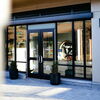

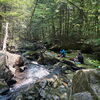


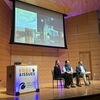

0 Comments